Dishes made of ceramic are produced in many countries all over the world, including China, Portugal, Germany, and many others. The use of French and Korean tableware is also extremely common all over the world. The most recent trade data for Ceramic Tableware shows that over the past few years, ceramic dishes have been the 687th most traded product in the world, with a total trade of $2.22 billion.
The international trade of ceramic tableware saw a 1.38 percent decline from 2019 to 2020, falling from $2.25 billion to $2.22 billion. Ceramic tableware trade accounts for 0.013 percent of the total value of all international trade.
China was the leading exporter of ceramic tableware in the year 2020, bringing in $834 million, followed by Portugal with $215 million, Germany with 113 million, Thailand with 110 million, and the United Kingdom with 106 million. The United States of America ($385 Million), Germany ($202 Million), France ($160 Million), Canada ($99.1 Million), and the Netherlands ($94.7 Million) were the top five countries that imported ceramic tableware in the year 2020.
Ceramic Tableware had an average tariff of 19 percent in 2018, making it the 115th lowest tariff when using the HS4 product classification. Iran, Egypt, Zimbabwe, and Syria are the countries that have the highest import tariffs for ceramic tableware.
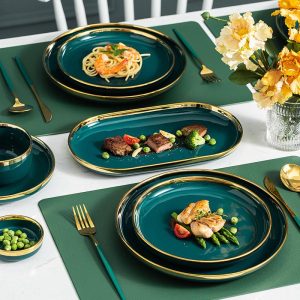
Iran’s tariff is at 55%, Egypt’s is at 55.75%, and Zimbabwe’s is at 54.75%. (46 percent). The nations of Mauritius, Hong Kong, Singapore, Switzerland, and Norway all have zero percent tariffs, making them the world’s least expensive places to do business (0 percent).
Japanese ceramic dishes
Japanese ceramic dishes are perfect for modern, casual, and stylish home dining. A traditional Japanese drink can be enjoyed while you host your dinner party in Japanese style or practice your dexterity with a pair of chopsticks. Sushi serving dishes are one of the most well-known Japanese ceramic dishes.
To prevent the sushi from getting lost in the “sushi dish,” it should generally be plain and devoid of patterns and embossing. As a result, sushi is typically served on plates with vibrant patterns or crowded patterns in a reputable, professional restaurant. The best restaurants serve sushi on plain white or black ceramic or porcelain plates.
The best sushi dish is a dish like an empty canvas in which sushi appears. Because sliced sushi rolls are often placed in a line or strip, sushi plates are usually selected rectangular with a relatively long and thin design.
It is not unheard of to arrange sushi in round dishes or any other shape; however, the beauty of the arrangement is enhanced when a rectangular shape dish is utilized. Some restaurants serve sushi on wooden boards, which can give the sushi an entirely rustic appearance along with a charmingly old-fashioned appeal, however, wooden dishes are not as hygienic as ceramic dishes.

Ceramic dishes from Portugal
Portugal is the second-largest exporter of ceramic dishes, behind China. Ceramic dinnerware is popular in Portugal, especially among the Portuguese. Portugal’s inhabitants have used clay since prehistoric times. Clay was used to making dinnerware originally, and the Portuguese have perfected it since.
Portugal is one of the world’s most important pottery centers because of its high-quality clay. Portuguese ceramics feature this clay. Rafael Bordallo Pinheiro and other ceramists made two types of ceramics in Caldas da Rainha. Decorative items and kitchenware. All of the artists’ decorative and kitchen pieces used natural colors. Some pieces depict green leaves, fruit, or seafood.
One of the most famous pieces of ceramic art from the city is a cabbage-shaped soup tureen. Portugal’s abundant clay supply makes it ideal for making ceramics, including dinnerware. Portugal has made ceramics for centuries, and its artists are renowned. The Portuguese used a variety of techniques and clays to make plates and other tableware.
You’ll see ceramics used in many places as you travel the country. They’re used as the art inside and outside buildings and in cooking. Portugal’s clay is ideal for making ceramics, including dinnerware. Portugal’s ceramics are world-famous.
The Portuguese used different clays and techniques to make plates and other kitchenware. Ceramics are used widely across the country. On building exteriors and interiors, as art, and in the kitchen. Portugal is an exporter of ceramic tableware in the world in recent years with $215M in exports. Ceramic tableware ranked as Portugal’s 61st most exported good in the same year.
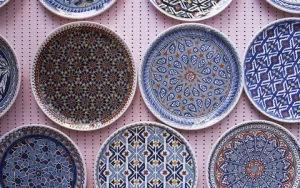
The United States ($46.6M), Germany ($36.9M), France ($36.1M), the United Kingdom ($15.5M), and the Netherlands ($14.3M) are Portugal’s top export markets for ceramic tableware. Portugal’s Ceramic Tableware exports to Germany ($15.9M), France ($4.32M), and Denmark ($2.34M) saw the fastest growth between 2019 and 2020. Portugal became the 48th largest ceramic tableware importer in the world in 2020, bringing in $7.9M.
Korean ceramic dishes
South Korea exported $9.39M in ceramic dishes in 2020, the 27th worldwide. Korean dishes have always been popular. South Korea’s 729th most exported good was ceramic tableware. South Korean ceramic tableware exports to China ($477k), Vietnam ($886k), Denmark ($735k), the U.S. ($4.6M), and Canada ($361k).
South Korea imported $62.5M in ceramic tableware Ceramic tableware was South Korea’s 562nd most imported good in 2014. South Korea imports ceramic tableware from China ($24.1), the UK ($22.9), Italy ($2.54), Poland ($2.4), and France ($2.14). Traditional Korean tableware includes ceramics and bronzeware (Bangjja or Yugi). Kings and aristocrats used it, and wedding gifts made of it are still popular.
Artisans and masters sell these collections, which could become family heirlooms, for exorbitant prices. Korean pots and pans are renowned for their high quality. For instance, the South Korean company KITCHEN ART manufactures ceramic cooking services with excellent manufacturing standards, providing you with aesthetically pleasing designs.
The stunning layout and vibrant colors of this service (which has 5 colors) will make cooking enjoyable. You can use the kitchen decoration to create a lovely and impressive atmosphere depending on the various types of services. No food sticks to the die-cast aluminum body of these dishes because it is covered in a ceramic inner cover.
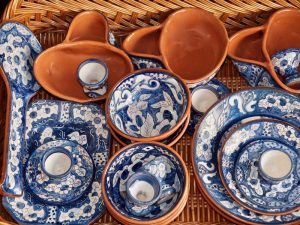
There are various types of Korean ceramic dishes. Ceramic dishes, for instance, might be clay pots and pans that have ceramic glaze on them. On the other hand, they can be made of glazed metals such as aluminum, stainless steel, cast iron, regular iron, and others. Heat is distributed evenly and is not scratched or damaged by the ceramic glaze that is used. Chefs always favor Korean ceramic pots and pans because it is simple to clean and even provide heat.
Ukrainian ceramic dishes
Ukrainian dishes like ceramic dishes are exported through the world, however, the ceramic dishes imports are more than export in Ukraine. In recent years, Ukraine was the 42nd largest exporter of Ceramic Tableware in the world, exporting $2.5M worth of Ceramic Tableware. Ceramic Tableware was the 525th most exported product from Ukraine in the same year.
Ukraine’s top export markets for Ceramic Tableware are Russia ($1.31M), Armenia ($368k), Moldova ($347k), Belarus ($92.2k), and Germany ($85.6k). In 2020, Ukraine bought $9.17M worth of Ceramic Tableware, ranking it as the world’s 43rd highest importer of Ceramic Tableware. Ceramic Tableware was the 587th most imported product in Ukraine in the same year.
China ($6.23M), Poland ($1.08M), Russia ($643k), Romania ($296k), and Germany ($237k) are the leading suppliers of Ceramic Tableware to Ukraine. In 2018, the average ceramic tableware tariff for Ukraine was 4.21 percent. Angola (Most Favoured Nation duty rate treatment, 5 percent), Burundi Benin Burkina Faso, and Botswana had the highest import tariffs for Ceramic Tableware.
If you are concerned about the handles of your Ukrainian ceramic dishes, you should know mostly the handles are also made of ceramic, so you can put the dish in the oven or the microwave without worrying about the handles melting. Furthermore, the ceramic handles are not detachable from the dishes they are attached to.
It is interesting to learn that glazed dishes were used in the production of these Ukrainian ceramic dishes, which is the cause of the high resistance possessed by these dishes. These dishes are shielded from scratches and impacts by this glaze.
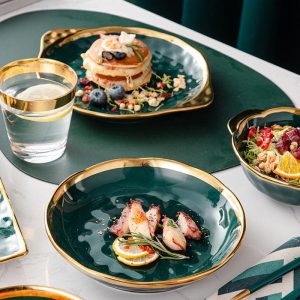
Carbon and silicon are two of the components that go into making these dishes. Clay is an additional component of ceramic dishes that might come as a surprise to you. Ukrainian ceramic dishes have high efficiency and strength.
French ceramic dishes
Dishes from France are consistently considered among the best and most highly qualified dishes found anywhere in the world. French dishes made of ceramic, porcelain, and Arcopal are in high demand throughout the world. From 2015-2019, French imports of ceramic dinnerware averaged 205 million euros.
In 2019, developing countries had 40% of the import market, or €37 million. This was below Europe’s average. China supplies 31% of France’s ceramic dinnerware, followed by Belgium, Germany, and Portugal (10 percent). The French economy has slowed in recent years after improving gradually.
Unpredictability and social unrest hurt consumer confidence and non-essential product sales. In the coming years, this unfavorable scenario is expected to reduce imports of ceramic dinnerware. According to the statistics in recent years, France was the ninth greatest exporter of ceramic tableware in the world, bringing in a total of $56.6 million from its ceramic tableware sales.
In the same year, ceramic tableware ranked as France’s 646th most popular commodity to export. The United States ($9.06 Million), Germany ($6.89 Million), Belgium ($4.55 Million), Italy ($3.84 Million), and Spain ($3.41 Million) are the top five destinations for French exports of ceramic tableware.
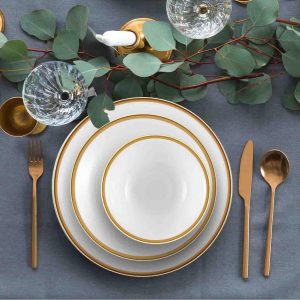
Between 2019 and 2020, the export markets for ceramic tableware from France that were growing at the highest rate were the Netherlands ($1.6 million), Romania ($674 thousand), and Russia ($658 thousand). Between 2019 and 2020, the Netherlands ($27.5 million), Portugal ($4.32 million), and Belgium ($1.81 million) were France’s import markets for ceramic tableware that grew at the fastest rate.
In 2019, the average tariff rate for Ceramic Tableware imported into France was 2.32 percent. Republic of the Congo (Most Favoured Nation duty rate treatment, 6.3 percent), Western Sahara Gabon Libya, and Mayotte were the countries that had the highest import tariffs for ceramic tableware.
Ceramic dog dishes Canada
In Canada, people keep a dog as a pet more than other animals. A dog bowl made of ceramic or stoneware is a wonderful way to show your dog how much you care about them. These bowls are frequently embellished with interesting patterns and may even be the work of artisans.
They are simple to keep clean thanks to their protective coating, especially if they are dishwasher safe. However, if dropped, ceramic dog dishes are easily broken. These bowls can chip or crack when you do not handle them properly, making them dangerous for your dog. Smaller, less noticeable fissures may contain microbes.
Make careful to routinely check your ceramic bowls for damage. Ceramic bowls are usually reliable, but it’s important to do research before buying. Glazes are often applied to ceramic bowls, so it’s important to make sure they don’t contain lead and are food safe. There are so many dog bowls on the market that it can be difficult to choose the right one. Ceramic or stoneware dog bowls are stylish.

Some of these bowls may have been hand-crafted by artists and feature whimsical designs. Because of the glaze, they’re easy to clean, especially in the dishwasher. However, ceramic dog bowls are prone to shattering if they are dropped. The ceramic bowl had the lowest bacterial count.
Automatic dog bowls are plastic bowls attached to a reservoir and would be practical next to a ceramic bowl. Some automatic feeders can be programmed to feed your dog at specific times. Non-programmable bowls are good for providing your dog with water, but not food.
Free feeding isn’t ideal for most dogs because it’s difficult to monitor their food intake and can lead to weight issues. Use a programmable feeder, but know your dog can break-in. If possible, feed your dog yourself. If you work long hours, a tamper-proof automatic feeder can be useful.
Our manufacturing partners put their decades of knowledge to use to create items that are of quality and will last a lifetime. Each item is produced with high-quality raw materials, wrapped, and inspected thoroughly before being sold. Dishes made of ceramic, porcelain, opal, and other materials are all available from our company.
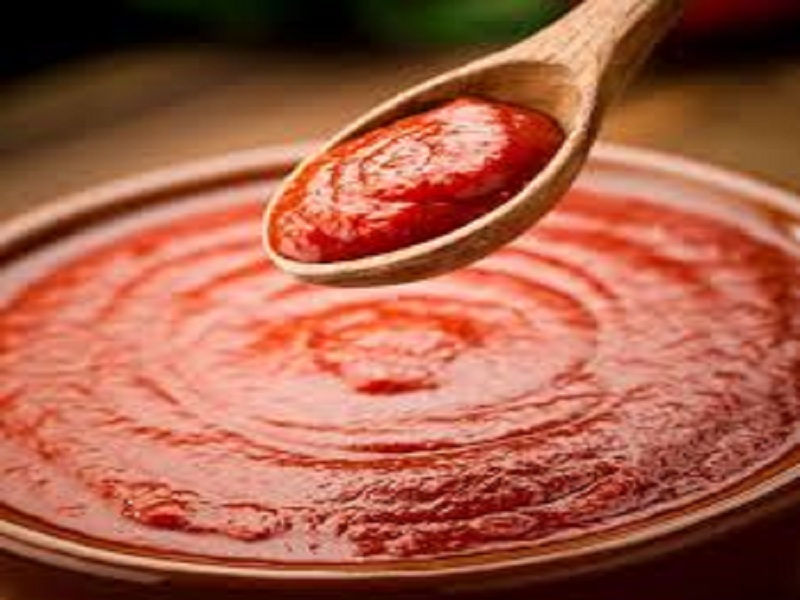
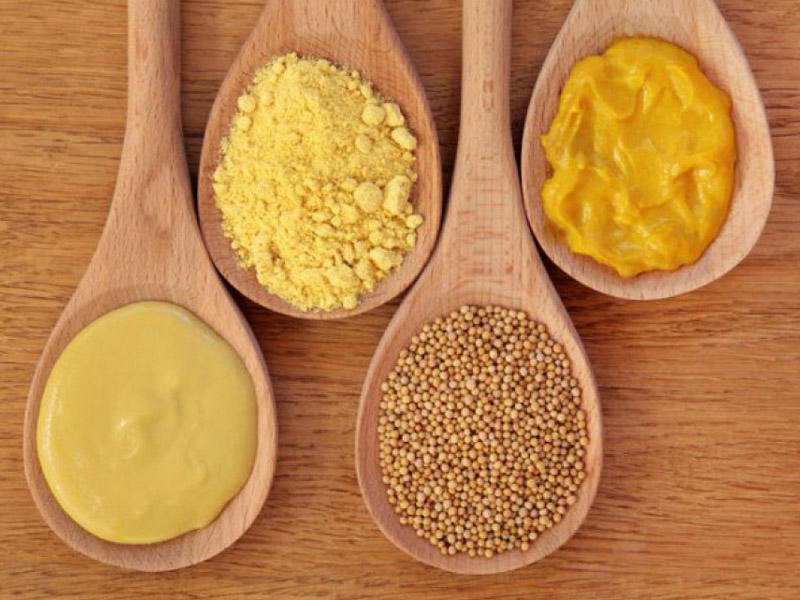
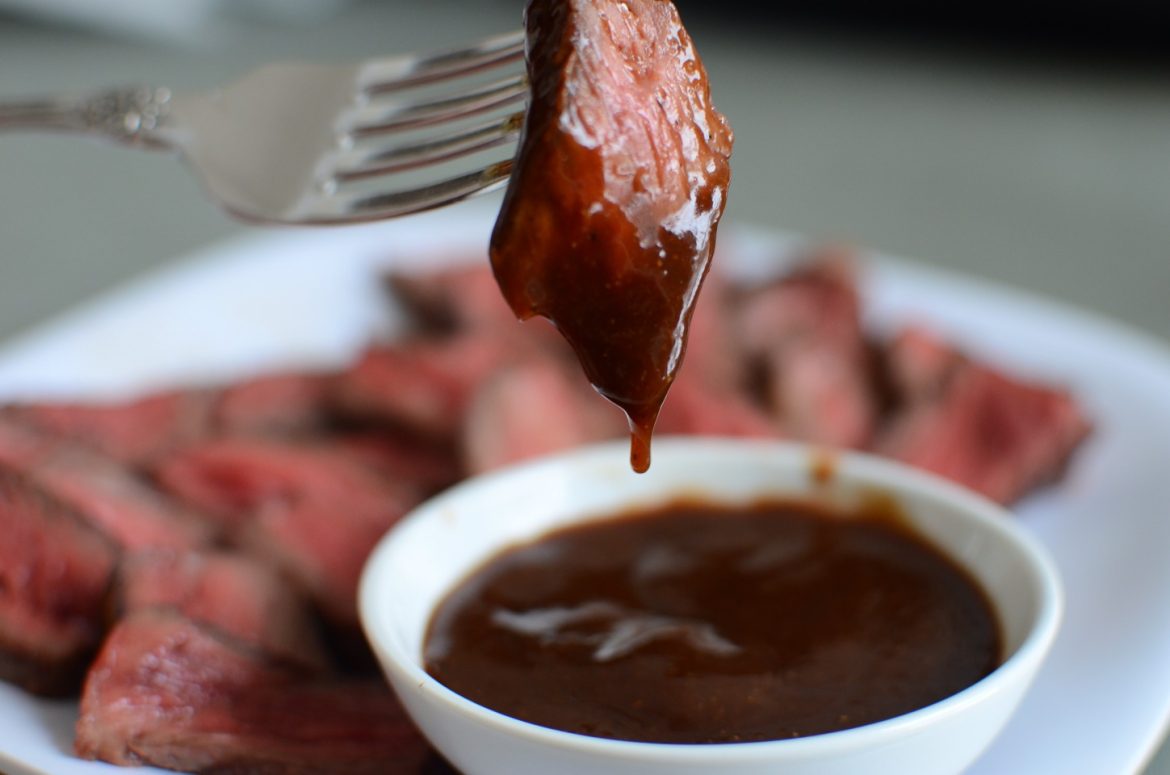
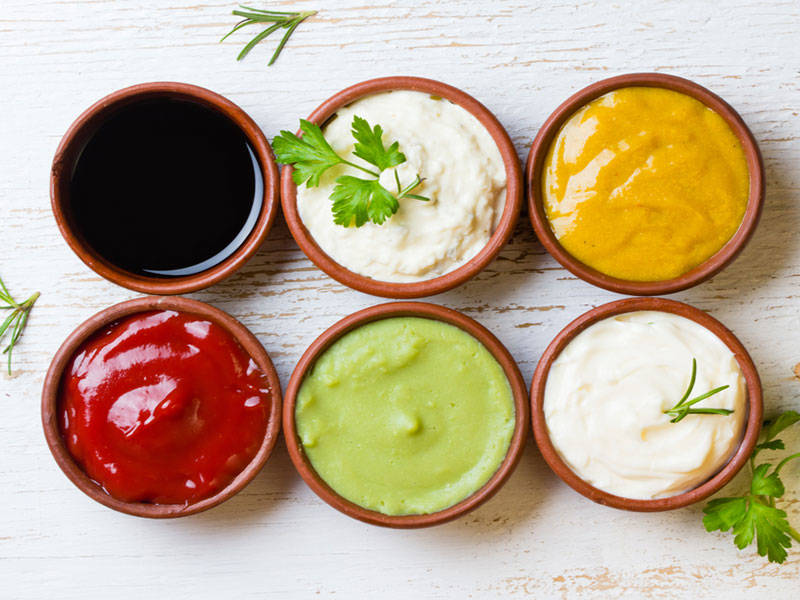

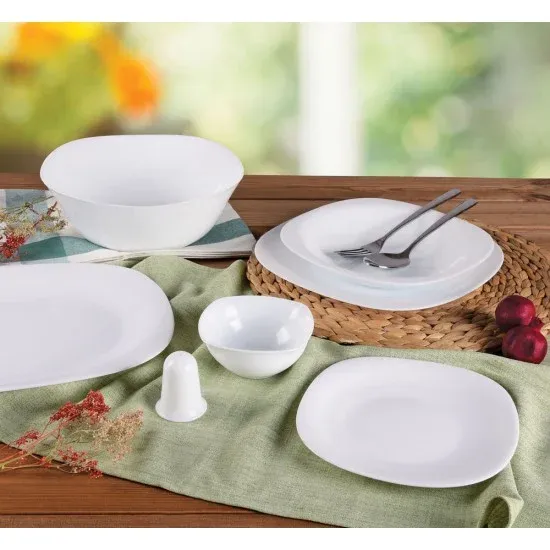
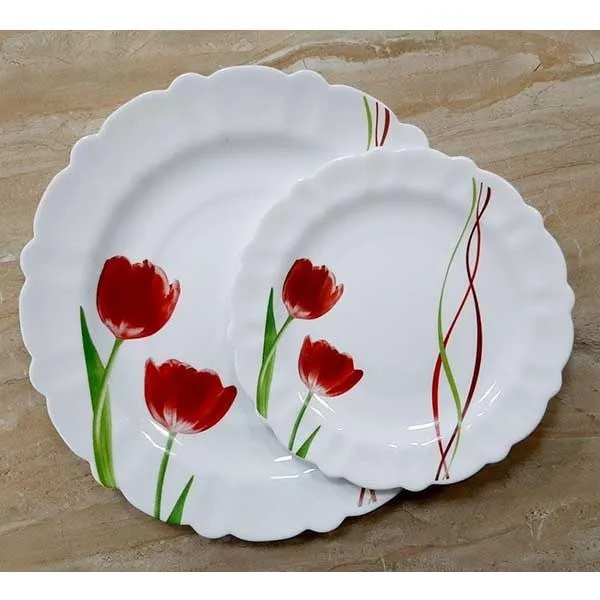
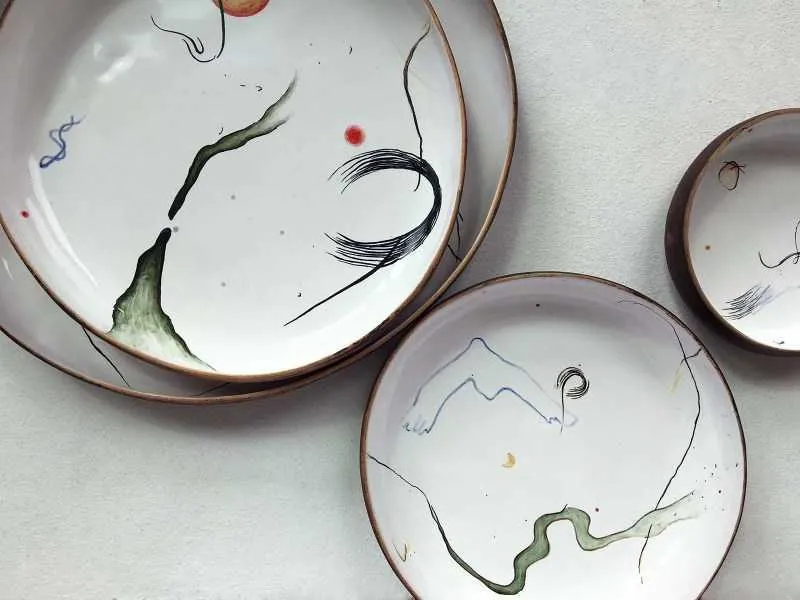
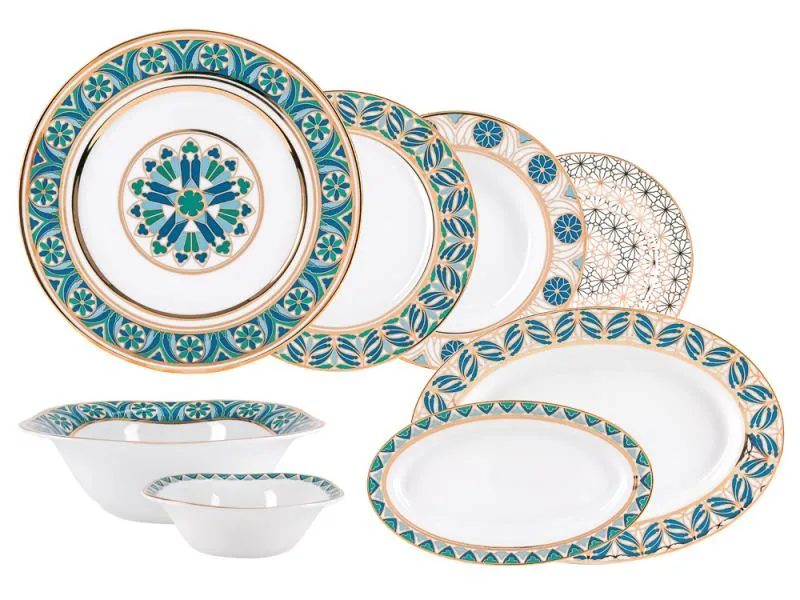
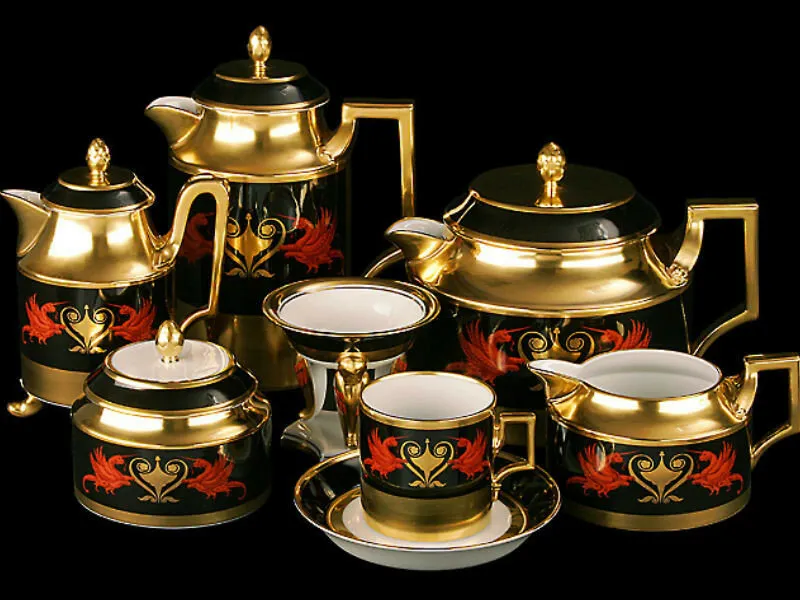
Your comment submitted.